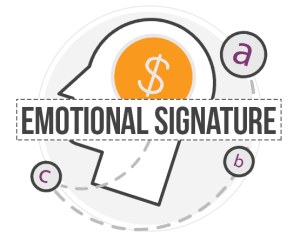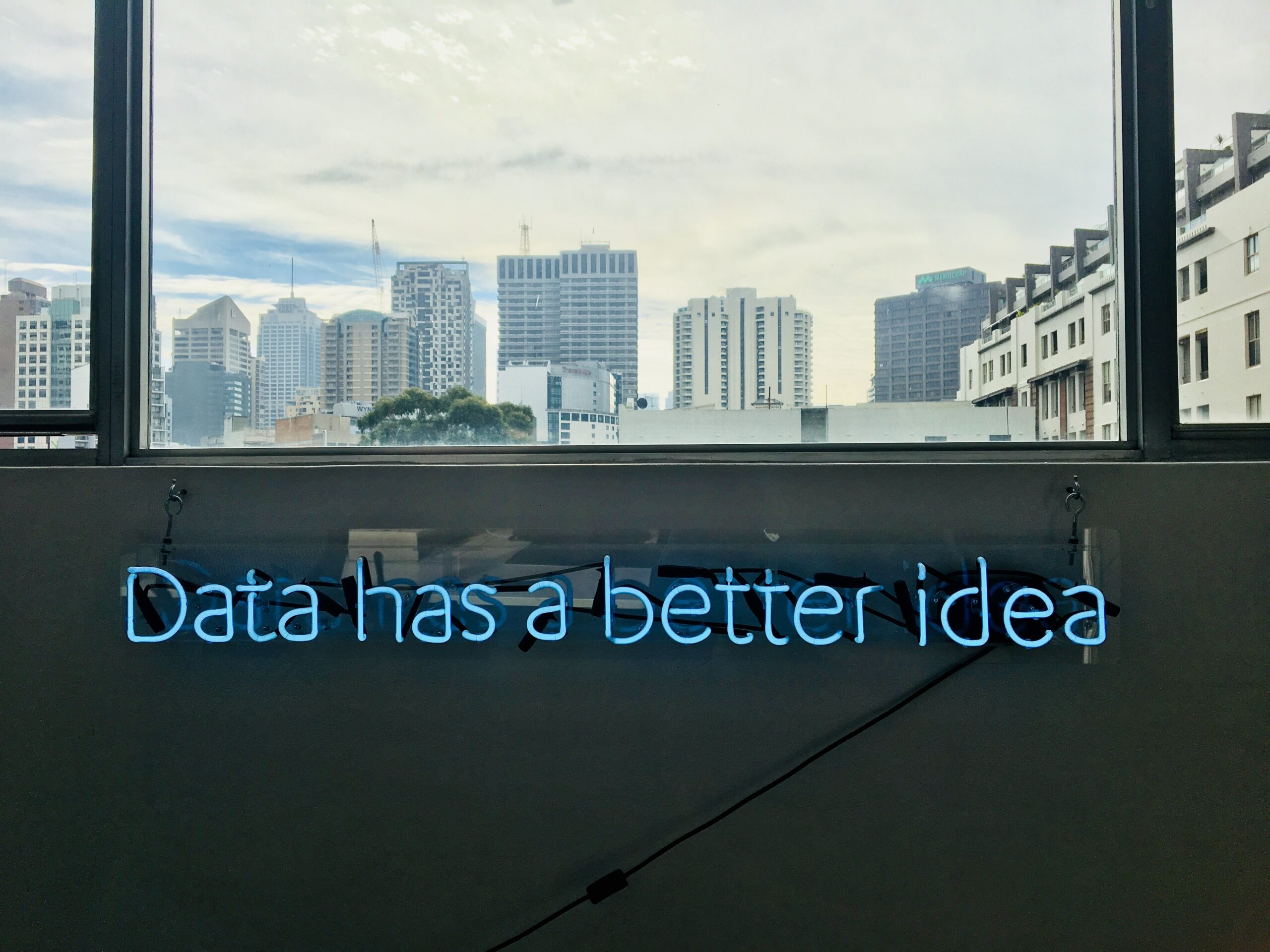Artificial intelligence (AI) has been around for decades and mostly used in a science-fiction context. As a result, many people are either terrified of it or assume it is as inexplicable as magic. However, like all science, AI has concepts that are accessible to us all, no suit of armor or magic wand needed. Business leaders should understand what AI is and what problems can be solved using AI to provide the future’s Customer Experiences.
We had a special guest on our podcast Bikram Ghosh, associate professor of marketing at the Eller College of Management at the University of Arizona in Tucson, AZ. His area of interest is AI, as well as the overlap between AI and behavioral economics. His insight is the future of Customer Experience management and the path to sustainable customer-driven growth.
What is AI?
Ghosh defines AI as machine intelligence driven by algorithms that attempt to mimic the human mind. One of the essential characteristics of human knowledge is that we learn by making mistakes, and that’s what the machines are trying to do. So, just like us, AI takes stimuli from the external environment, which we call inputs and then attempts to predict an outcome.

If you think about it, when we learn and when we fix our mistakes, contextual things come into play, like our emotions, our mood, and energy level. That’s why nuances in behavioral economics are essential to learn, so we can fix mistakes as we go forward.
How do algorithms cope with missing information?
Ghosh says if you look at the overall data, which are past behavior (e.g., how much your customer bought, when they buy, and so on), there are no behavioral elements to it, although some models try to predict it. However, Ghosh also says companies these days also collect vast amounts of textual data. For example, how customers talk about products o blogs and social media, which he refers to as Attitudinal Data. From that, the algorithm can extrapolate behavioral nuances, made possible through the work in a significant area of machine learning called Natural Language Processing. Another area for AI called Computer Vision helps companies learn how people react to their product or brand from analyzing micro-expressions or picture data. Ghosh says you can take the data from Natural Language Processing and Computer Vision, vectorize it to data, and explain how people feel about your product. Moreover, Ghosh says it is vital to include this type of data to capture the overall nuances.
It feels relatively logical to me that if you’ve got a customer who has a wrong bill and that customer has phoned the contact center four times and they’ve been kept waiting for half an hour each time that you could predict the customer’s not going to be very happy with you when they finally get through to you.
How do you get under the skin of what’s happening from a behavioral economic standpoint?
Ghosh says that it is challenging to troubleshoot what one customer feels. Still, models give you a general or average sentiment, meaning whether the customers feel positive or negative about your product. However, AI experts are working on it. Ghosh says Amazon is spending a lot of time and money on capturing the nuances of consumer emotions in their AI model. In this area, behavioral economics comes in handy deciphering. Moreover, computer engineers are working on converting emotions into numbers, which is necessary if we want to include feelings in the models.
One of the papers Ghosh and his team are working on is figuring out how to design the crowdfunding websites. Many small entrepreneurs sell their products through Kickstarter.com and Indiegogo.com. Ghosh and the team are trying to figure out the most successful types of textual blurb, color usage, and background characteristics so that the entrepreneur can optimize their money-raising efforts.

How can companies use AI?
Ghosh realizes that for people that aren’t familiar with AI, it can feel overwhelming to figure out how to implement it. He broke down the two parts of preparing for using AI in your Customer Experience:
- With sentiment analysis, you get the customer side of the story; e.g., the customer feels positive, negative or neutral, and even more nuanced categorization, and then you can put them into different segments based on these feelings.
- Then, you can decide how to respond to each group.
Once you establish these two parts, you can map those outcome variables to give you a complete process design for AI. It can then work at collecting data at every level down to deployment. Meanwhile, you can track data regarding customer loyalty, behavioral measures, or whatever else you want to follow. Crucial for me would be to discover what drives your customers’ value in each of the emotional segments. What are the things that make customers buy or stay or whatever you want them to do, so you can get a return on investment?
Regarding AI, it requires a basic understanding of what it is and what it can do, but not how to program it. Most of us cannot program algorithms. However, you don’t need to program the algorithms to use it; you can hire people to execute it.
Many AI algorithms are great for categorization. You can solve many problems through useful classification, segmentation, and targeting design aspects. Moreover, AI can be great at dealing with squishy issues or scaling them up and dealing with things that used to take a lot of human resources. So, look within your organization for other problems you can solve with categorization.
There is another aspect to AI for business leadership, Ghosh says. If you think about it, AI complements human work by providing intelligent automation of business processes. It takes that automation and productivity to a level that you cannot. However, business leaders are not going to get into the nitty-gritty details of the technical bits of AI. Instead, leaders should break a business process into simpler, smaller workflows to find areas to automate and integrate AI in that part of the business process. It can be a categorization or prediction exercise that is repetitive or physical, such as processing large amounts of information. AI is not as good at creativity, judgment, and decision making. That’s where humans come in.
Organizations are in danger of repeating what they have today without thinking about what they need tomorrow.
Most do not think about the emotional aspects of an experience even though we know that emotions drive a lot of customer decision making. We also know that organizations don’t understand behavioral economics, which is what’s driving customer decision-making. So, it is imperative to help people in your organization to understand the importance of both the emotional experience you provide as well as how those emotions manifest in customer behavior.
Moreover, you can assure them that the Sci-Fi portrayals of AI taking over the earth are largely exaggerated. At least we hope they are.
To hear more about this idea in more detail, listen to the complete podcast here.

What customers say they want and what they really want are often different things. It is vital to know what drives value for your organization. Our Emotional Signature research can tell you where you are compared to other organizations and what to focus on to drive value for your customers. To learn more, please click here.
Colin Shaw is the founder and CEO of Beyond Philosophy, one of the world’s leading Customer experience consultancy & training organizations. Colin is an international author of six bestselling books and an engaging keynote speaker.
Follow Colin Shaw on Twitter @ColinShaw_CX




